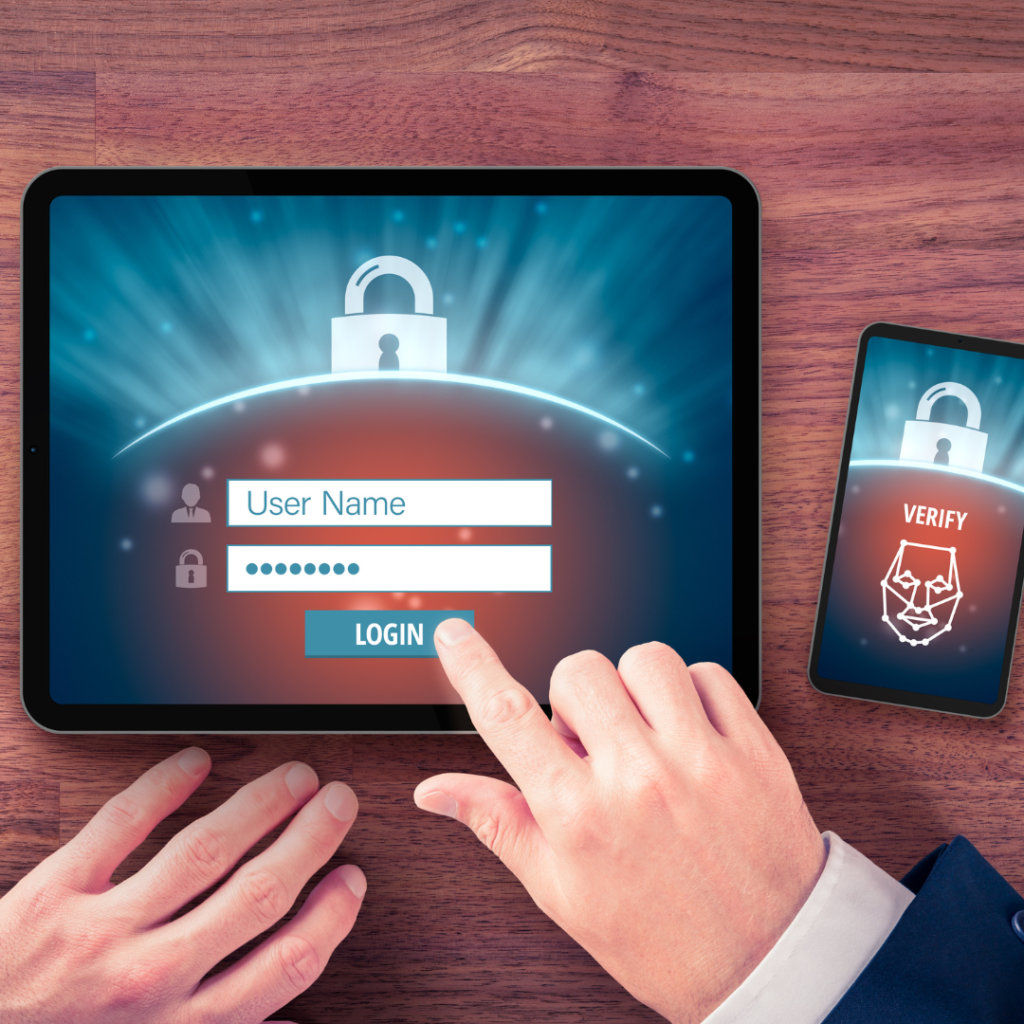By: Ali Cohen

In an increasingly interconnected world, where digital threats are constantly evolving, securing your online presence has become paramount. Passwords alone are no longer sufficient to protect sensitive information. To address this concern, Multi-Factor Authentication (MFA) has emerged as an effective solution. In this blog, we will take a closer look at MFA, its importance, and the top five things you need to know about this robust security measure.
Where Might You Have Already Encountered MFA?
Chances are, you have already come across MFA in various aspects of your digital life. Many popular online services and platforms have adopted MFA to enhance user security. Banking websites, email providers, social media networks, and even popular e-commerce platforms now encourage or enforce the use of MFA to safeguard user accounts. If you’ve ever received a verification code via SMS or used a mobile app like Google Authenticator, you’ve likely encountered MFA.
Examples of MFA:
MFA encompasses a range of methods that go beyond traditional password-based authentication. Here are some common examples:
- SMS-based MFA: Users receive a verification code via SMS, which they enter alongside their password during login.
- Time-based One-Time Passwords (TOTP): Applications like Google Authenticator or Authy generate a unique code that changes periodically, requiring users to enter it in addition to their password.
- Push Notifications: Users receive a notification on their trusted mobile device, prompting them to approve or deny the login attempt.
- Biometric Authentication: Utilizing fingerprints, facial recognition, or iris scans, biometric MFA provides an extra layer of security by relying on unique biological traits.
- Hardware Tokens: Physical devices, such as USB keys or smart cards, generate one-time passwords or digital signatures for secure authentication.
How Does MFA Work?
MFA functions by adding an extra layer of verification beyond the traditional username and password combination. Instead of relying solely on something the user knows (password), MFA combines two or more of the following factors:
- Knowledge Factor: Something the user knows, like a password or PIN.
- Possession Factor: Something the user possesses, such as a smartphone, hardware token, or smart card.
- Inherence Factor: Something unique to the user, like a fingerprint, facial features, or voice recognition.
When enabling MFA, users typically register their second factor (e.g., phone number or mobile app) with the service they are using. During login, they are prompted to provide the additional authentication factor to gain access to their account.
Why Is MFA Important?
MFA offers several key benefits that significantly enhance security:
- Stronger Defense: MFA creates multiple barriers for attackers to overcome, reducing the risk of unauthorized access even if passwords are compromised.
- Mitigating Password Vulnerabilities: Since passwords are the most common targets for hackers, adding an extra layer of authentication ensures that compromised passwords alone cannot grant access to user accounts.
- Protection Against Phishing: MFA adds an extra step in the authentication process, making it more difficult for malicious actors to trick users into revealing their credentials through phishing attacks.
- Compliance with Security Standards: Many industries and regulatory bodies now require MFA implementation to meet specific security standards, ensuring the protection of sensitive data.
Applications Most Important to Protect First:
While MFA should ideally be implemented across all your online accounts, certain applications warrant higher priority due to the sensitivity of the information they hold. Consider prioritizing MFA implementation for:
- Email Accounts: Email often serves as a gateway to various other online accounts, and compromising it can lead to significant security breaches.
- Financial Services: Banks, investment platforms, and payment gateways hold sensitive financial information that requires strong protection.
- Cloud Storage Services: Platforms like Dropbox, Google Drive, and OneDrive store valuable personal and business data, making them attractive targets for attackers.
- Social Media: Securing social media accounts is crucial to prevent unauthorized access, potential identity theft, and the misuse of personal information.
- Online Shopping Platforms: E-commerce websites often store payment details and purchase histories, making them potential targets for cybercriminals.
In Conclusion
Multi-Factor Authentication (MFA) provides an additional layer of security beyond passwords, safeguarding your digital accounts and sensitive information. By combining two or more authentication factors, MFA strengthens your defenses, mitigates password vulnerabilities, and protects against phishing attacks. Implementing MFA across various applications, prioritizing those holding the most sensitive information, is essential for maintaining a robust security posture in today’s digital landscape. Stay one step ahead of cyber threats by embracing the power of Multi-Factor Authentication.
Take control of your online security today! Contact us at DRP Solutions to start implementing Multi-Factor Authentication (MFA) across your important accounts and enjoy enhanced protection against cyber threats.
Don’t wait for a breach to happen – secure your digital life now!
